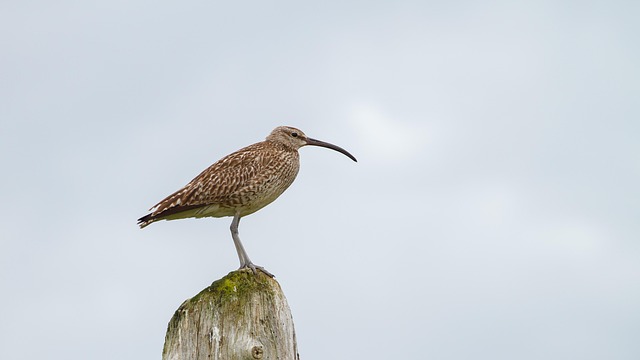To address wildlife removal for scratching sounds in Golden walls, identify animal behaviors through scratch patterns. Use non-lethal methods like live traps and visual deterrents to capture and discourage wildlife safely. Employ proper handling techniques and adhere to local regulations for humane removal, prioritizing animal welfare and effective solutions.
Wildlife control is a delicate balance between maintaining ecological harmony and addressing human-animal conflicts. When golden walls are plagued by scratching sounds, humane capture methods become essential. This article explores effective non-lethal techniques for wildlife removal, focusing on understanding the mysterious scratching sounds and implementing best practices for safe and efficient animal control. Learn how to navigate this intricate process with care and compassion.
- Understanding Wildlife Scratching Sounds in Golden Walls
- Non-Lethal Capture Techniques for Humane Control
- Best Practices and Precautions for Effective Removal
Understanding Wildlife Scratching Sounds in Golden Walls

Wildlife scratching sounds echoing through Golden walls can be unsettling, but understanding these behaviors is key to humane wildlife control. These sounds often signal a creature seeking entry, a nest site, or simply exploring its environment. Identifying the specific scratching patterns and associated species helps in implementing targeted solutions.
For instance, small, rhythmic scrapes might indicate a mouse or rat trying to gain access through tiny crevices, while larger, more persistent scratches could be from a squirrel or opossum. Once identified, non-lethal methods like sealing entry points with steel wool or metal mesh, along with visual deterrents, can humanely discourage these wildlife visitors without causing harm.
Non-Lethal Capture Techniques for Humane Control

Non-lethal capture techniques are revolutionizing wildlife control, especially for humane management of animals causing disturbances like scratching sounds in golden walls. These methods prioritize the well-being and safety of both the animals and humans involved, making them ideal for urban settings where traditional lethal removal is often frowned upon.
One such method involves using live traps, which capture animals without harming them. These traps are designed to gently hold the animal until they can be safely relocated or returned to their natural habitat. Additionally, deterrents like scent repellents and noise makers can effectively discourage wildlife from returning to problem areas, offering a long-term solution for homeowners dealing with unwelcome visitors.
Best Practices and Precautions for Effective Removal

When dealing with wildlife removal, especially addressing scratching sounds in Golden walls, it’s crucial to employ humane capture methods. The best practice involves utilizing non-lethal traps specifically designed for the species causing the disturbance. These traps should be checked frequently, ideally daily, to ensure timely release of the animal. Using live traps allows for safe capture and subsequent relocation, minimizing stress on both the wildlife and residents.
Additional precautions include ensuring the area around the trap is clear of hazards, especially if it’s near pathways or areas with human activity. Check local regulations regarding trapping practices and permit requirements to stay compliant. Proper handling techniques are also essential; wear protective gear and use tools designed for humane removal to prevent injury to both the animal and handler.
In addressing wildlife control, particularly for scratching sounds emanating from Golden walls, it’s paramount to favor humane capture methods. By understanding the behaviors and employing non-lethal techniques, we can ensure effective removal while preserving the well-being of these creatures. Adhering to best practices and precautions not only facilitates successful wildlife removal but also fosters a harmonious coexistence with nature. This approach is key in maintaining a peaceful balance between humans and animals, especially in residential areas where such interactions are frequent.
